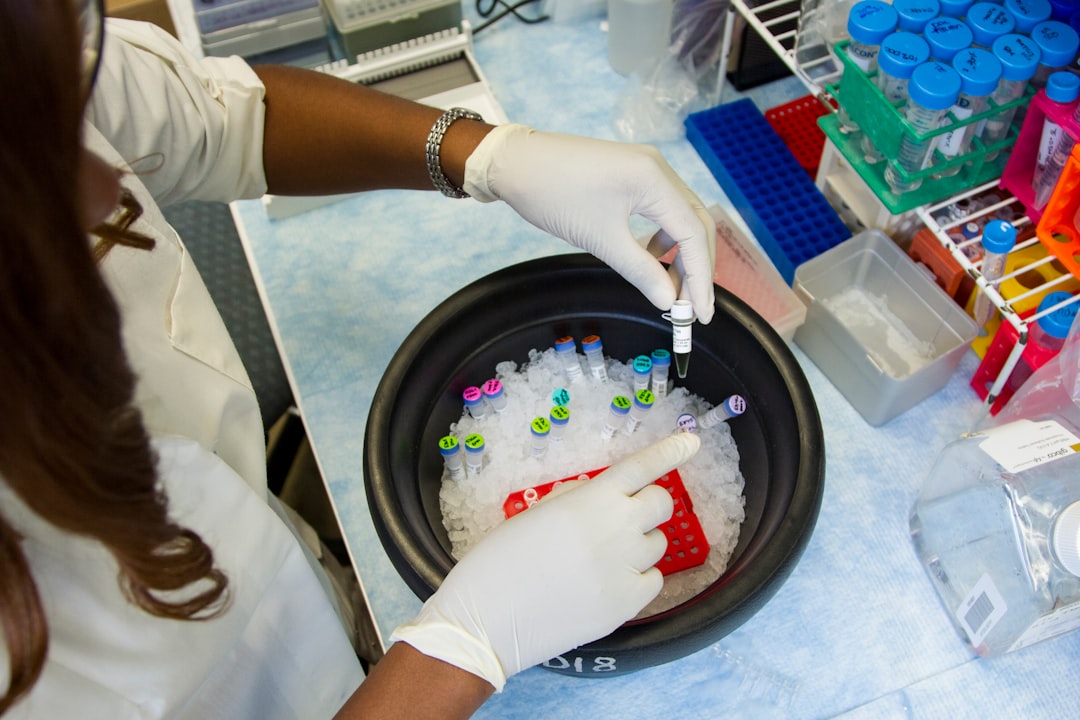What is it about?
The spread of infectious diseases at the global scale is mediated by long-range human travel. Our ability to predict the impact of an outbreak on human health requires understanding the spatiotemporal signature of early-time spreading from a specific location. Here, we show that network topology, geography, traffic structure and individual mobility patterns are all essential for accurate predictions of disease spreading. Specifically, we study contagion dynamics through the air transportation network by means of a stochastic agent-tracking model that accounts for the spatial distribution of airports, detailed air traffic and the correlated nature of mobility patterns and waiting-time distributions of individual agents. From the simulation results and the empirical air-travel data, we formulate a metric of influential spreading––the geographic spreading centrality––which accounts for spatial organization and the hierarchical structure of the network traffic, and provides an accurate measure of the early-time spreading power of individual nodes.
Featured Image
Read the Original
This page is a summary of: A Metric of Influential Spreading during Contagion Dynamics through the Air Transportation Network, PLoS ONE, July 2012, PLOS,
DOI: 10.1371/journal.pone.0040961.
You can read the full text:
Contributors
The following have contributed to this page










